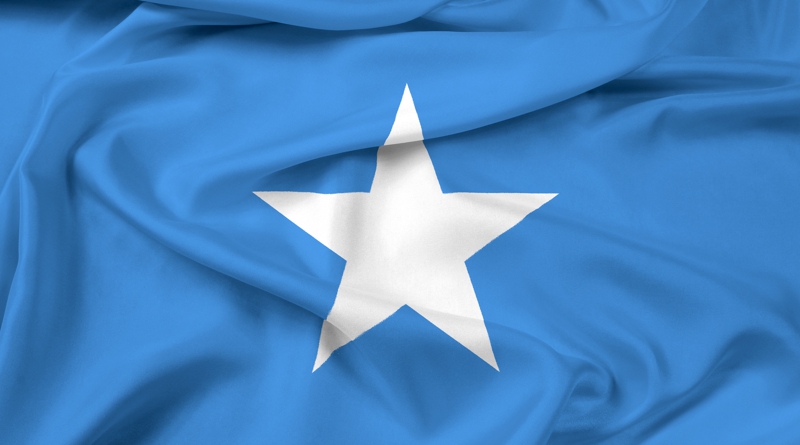Al-Shabaab: Militancy and Ethnonationalism in Somalia
By Ms. Samira Gaid
Somalia (see Figure 1[i])
has been battling the Islamist insurgency Harakat al-Shabaab al Mujahideen
or “Movement of Striving Youth” – more commonly, al-Shabaab – for more than 15
years. The group has evolved from a national insurgency to a formidable
transnational violent Islamist organization that smoothly alternates between
its mainly nationalist objectives and its embraced role as the official al-Qaeda
affiliate in East Africa. It makes extensive use of mass casualty terrorism and
guerrilla warfare.
Such reality pushes forward an analytical point: How is it that such a brutal group manages to thrive locally, successfully navigating ethnonationalism and the Somali clan construct? Significantly, the answer lies in the manner it balances dueling Somali identities of clan and Islam. This reality, in turn, questions the prevailing dogma that Islamist extremism is the key challenge to Somali governance.
Contested Identities and Islamist Emergence
Somalia is
homogenous, comprised of a single genealogy, further divided into sub-units of
clan-families. For centuries, Somalis have considered clan identity as paramount
and comprising the basic unit of politics. Nonetheless, it is only one of two
overarching identities, as it often competes with the similarly pervasive
Islamic facet.
Islam in Somalia
can be traced back to the 9th century, with over 99 percent of the
population professing the Islamic faith. Modern Islamism or political Islam...

